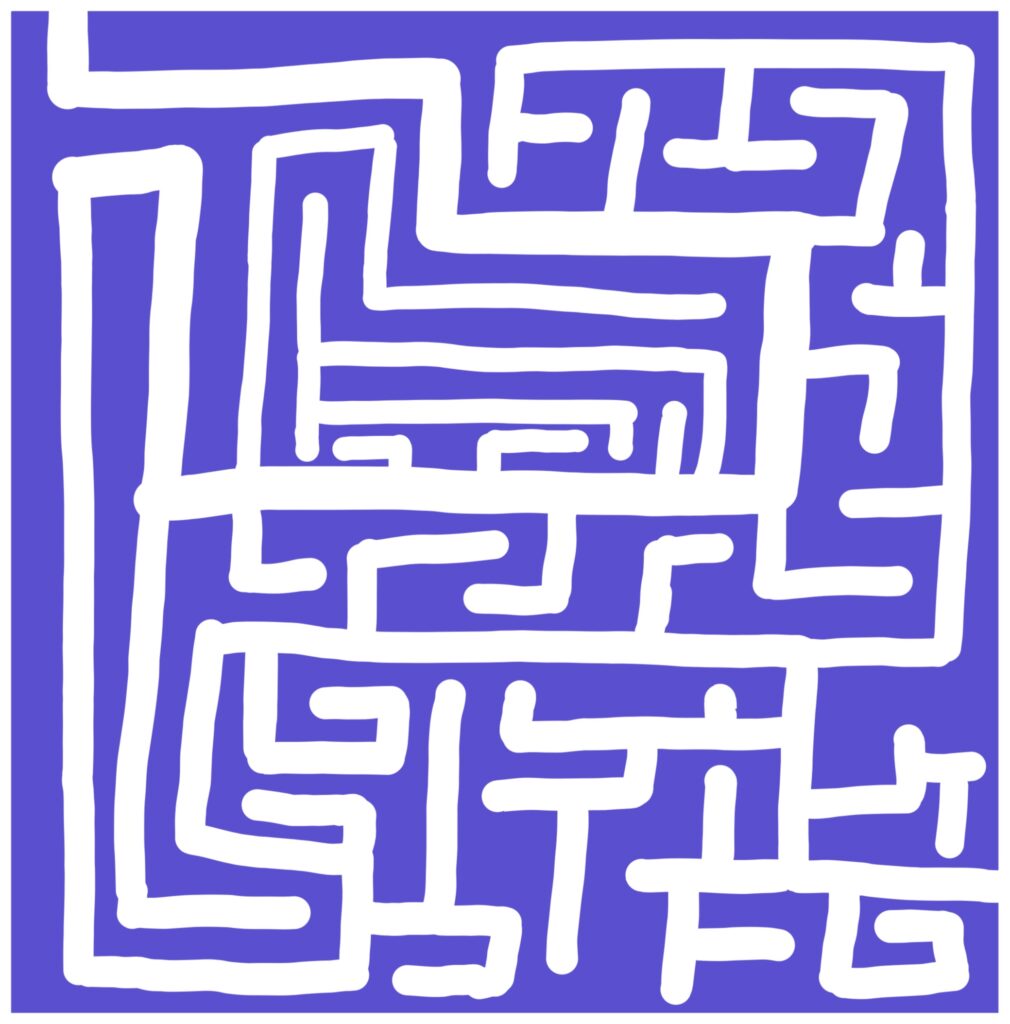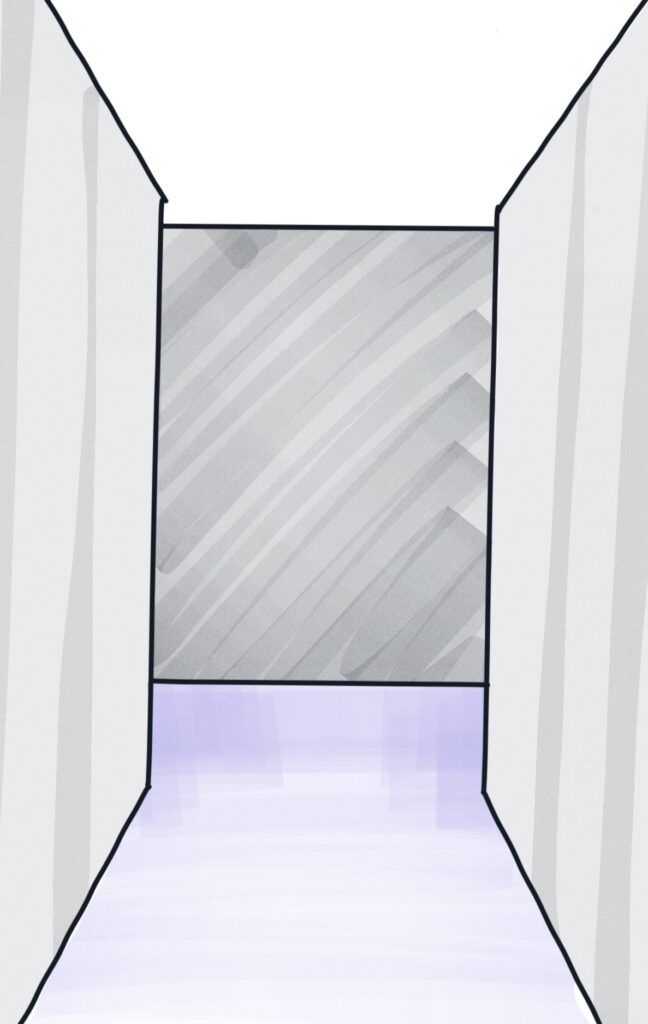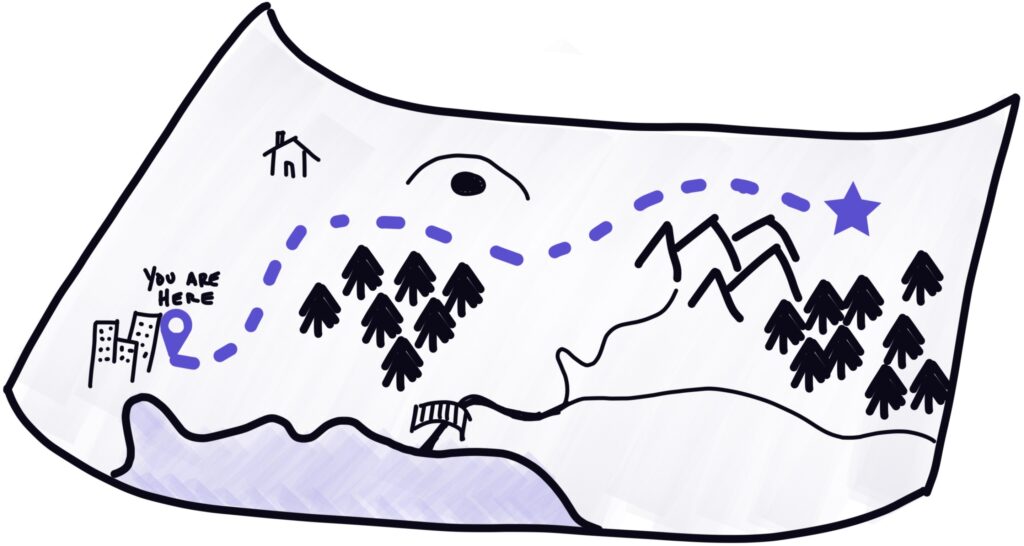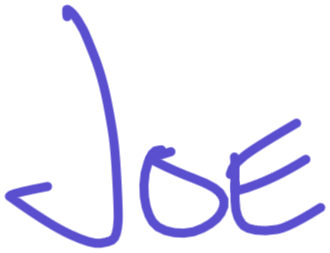Condition 007
When you’re in a maze, decisions can feel random;
When you have a map, every action has meaning.
Mazes can be hard, not because any particular left-or-right decision is difficult … or even that 100 left-or-right decisions are tiresome. Mazes are hard because each of those decisions are isolated from the context of the goal you’re trying to achieve.

Depending on the type of maze you’re thinking about—or rather, how you’re imagining yourself relative to the maze—you may feel differently about the above statement.
Mazes viewed from the top-down—like what’s found in a puzzle book— are “easy” because you always can see where you are trying to get to, even if you don’t know the best route. You can plan and forecast if you’re headed in the right direction, due to your perspective. You can see what is coming up ahead.

When you are inside of a maze, that changes. With walls all around you, your perspective is limited. You can choose to go left or to go right, but each binary decision is a guess. Without an ability to position yourself relative to your goal or to project the outcomes of a decision, your path may as well be selected at random.
When you are in a maze, you cannot also be above it to ensure meaningful progress.
Instead, you need a map: a proxy for that aerial view of the maze. A map allows you to trace your progress, maintain a clear sense of your objective, and plan what you’ll do next.

Most of us don’t create maps of our mazes. Maybe it’s because we “know” where we’re trying to get to, or because when we’re making a map, we think we’re not working on the problem itself. But being lost in a maze doesn’t happen because we don’t know we are supposed to “get out” or because we aren’t good problem solvers; it’s about the limited perspective that being in a maze affords.
What is a current objective of yours? Do you have a map that allows you to track how each contribution of effort moves you towards your objective?
The next time you find yourself making decision after decision without a clear sense of progress, maybe it’s time to step back and draw the map.
Thanks for reading,


Confident Moves
Try this in less than 10 minutes:
Make a Shitty Map
Pick something you’re in the midst of right now that will take more than a day of work.
A work initiative, a house project, a business launch, a job hunt, etc.
- Get a blank piece of paper and recreate this.
Matching the scale or aesthetics is of zero importance. - Answer these four questions in one sitting, while looking at the lines and labeled dots/stars you drew.
Coverage is more important than completeness. Get to all of them before you go back and refine or add more.- Q1: Where am I in the process?
- Q2: What am I trying to do?
- Q3: What have I done so far towards what I am trying to do?
- Q4: What kinds of things need to happen yet?
- Add the answers to your map.
- Q1 answer goes below the center dot
- Q2 answer goes above the star
- Q3 answer goes below the left line
- Q4 answer goes below the right line
- Sit back and see what you’ve made.
Do you want to add in more details? Are the things in Question 4 more detailed or categorical?
If detailed, what type of task are they?
If categorical, what specific tasks make them up?
This practice is fractal; you can keep doing it at different levels of detail. This can be the starting place where you treat each of the things in Question 4 as its own maze, and repeat the process–resulting in a more detailed map of a smaller part of the process.
